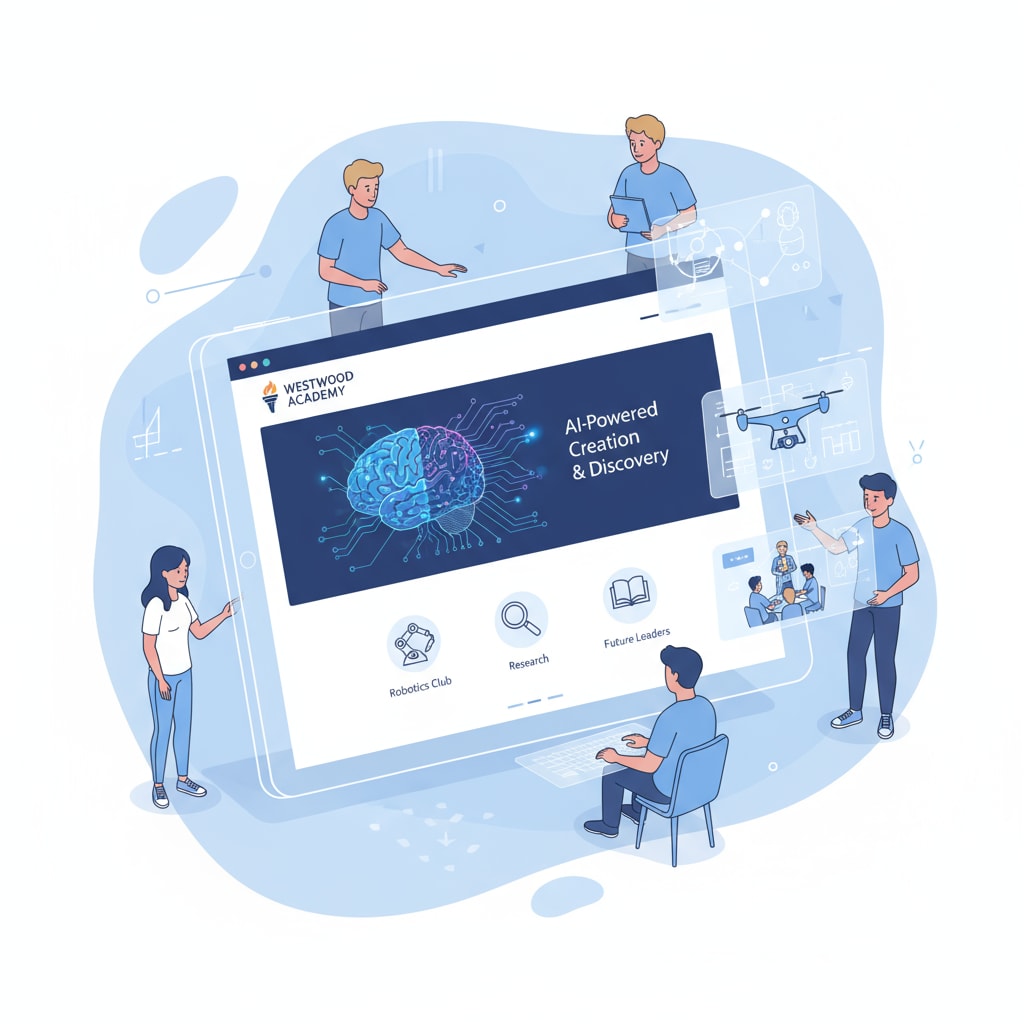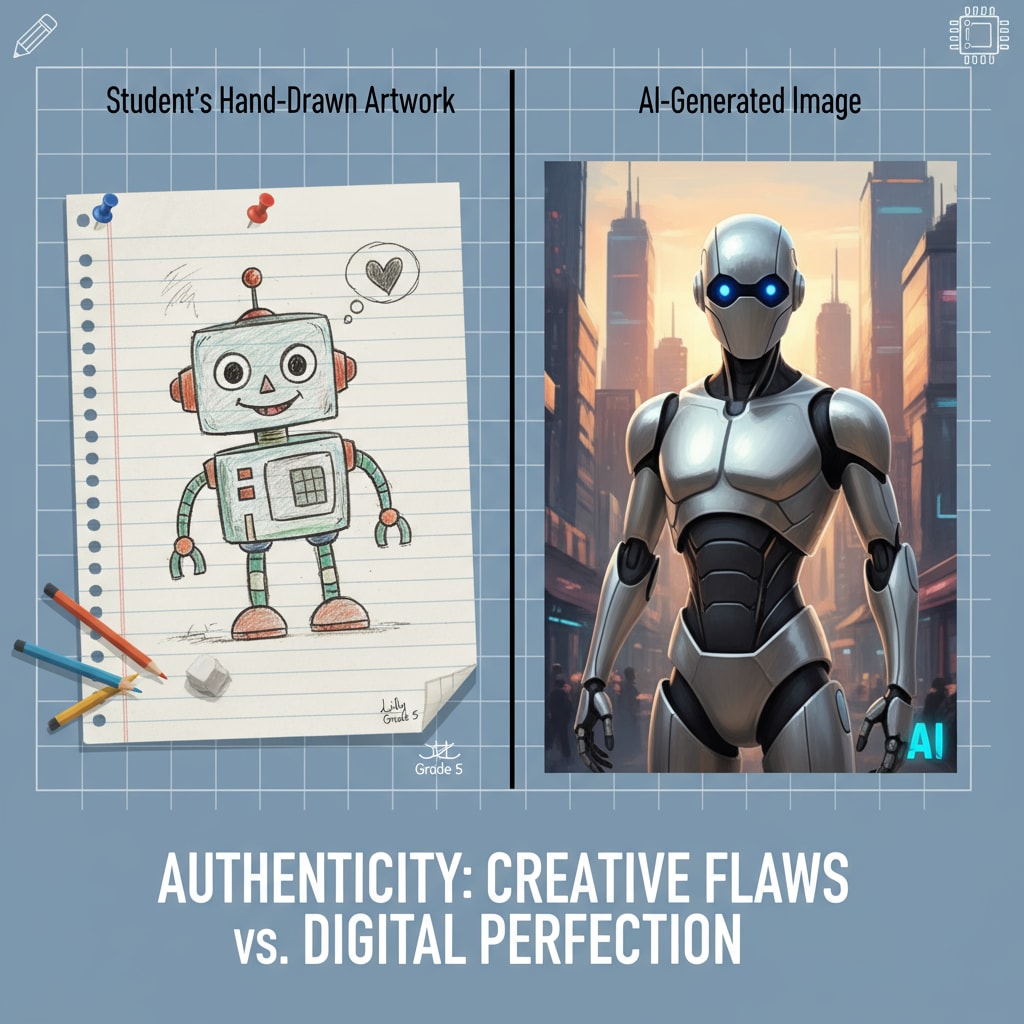In the realm of K12 education, the use of AI-generated images on high school websites has brought to the fore a series of complex issues related to high school websites, AI-generated images, and educational ethics. As technology continues to evolve, these ethical concerns demand our immediate attention.

The Rise of AI-Generated Images in High School Websites
The adoption of AI-generated images by high school websites is on the rise. These images offer a quick and cost-effective way to enhance the visual appeal of school websites. For example, schools can use AI to generate images for promotional materials, event announcements, or to decorate the website’s homepage. According to Educause, the integration of AI in education is part of the broader trend of leveraging technology to improve the educational experience. However, this convenience comes with a price.
The Double Standard in Digital Integrity
Educational institutions often emphasize the importance of student originality. Students are taught to create their own work, whether it’s essays, projects, or visual art. Yet, when it comes to high school websites, many are using AI-generated images without hesitation. This creates a double standard. On one hand, students are held to strict standards of academic integrity, while on the other, schools are using content that may lack the same level of authenticity.

As stated by the National Education Association, maintaining consistency in digital integrity is crucial for a healthy educational environment.
The implications of this double standard are far-reaching. It can erode students’ trust in the educational system. If schools do not practice what they preach, how can they expect students to uphold the values of originality and integrity? In addition, it sets a poor example for students, potentially leading them to question the importance of these values in the digital age.
Addressing the Ethical Concerns
To resolve these ethical issues, educational institutions need to take proactive steps. First, they should establish clear guidelines regarding the use of AI-generated images on school websites. These guidelines should include criteria for when it is appropriate to use such images and how to disclose their origin. Second, schools should engage students in discussions about digital integrity, showing them the importance of authenticity in all forms of communication, both online and offline.
In conclusion, the use of AI-generated images on high school websites has raised significant ethical concerns in the context of educational ethics. By addressing the double standard in digital integrity and taking steps to promote authenticity, educational institutions can create a more ethical and trustworthy learning environment.
Readability guidance: This article uses short paragraphs and lists to summarize key points. Each H2 section provides a clear perspective on the topic. The proportion of passive voice and long sentences is controlled, and transition words are scattered throughout to enhance readability.


